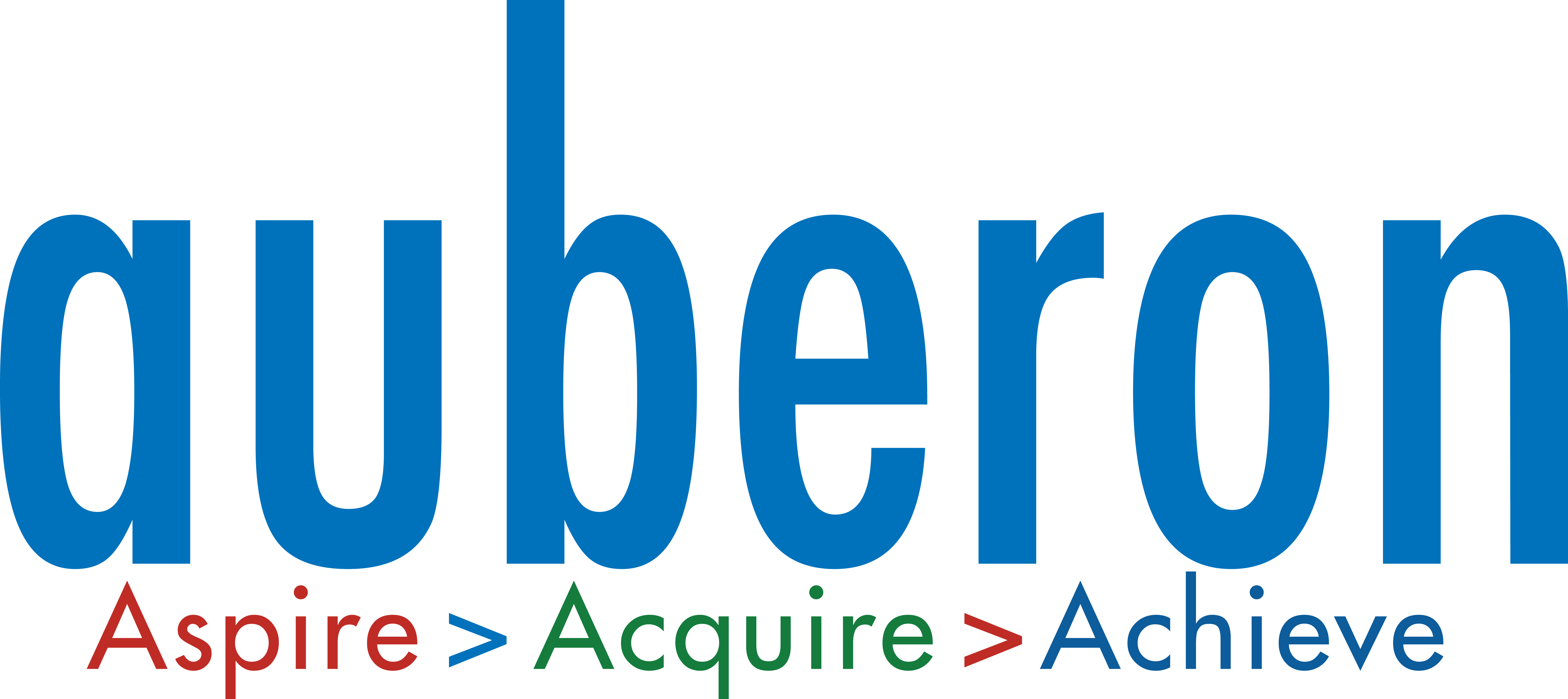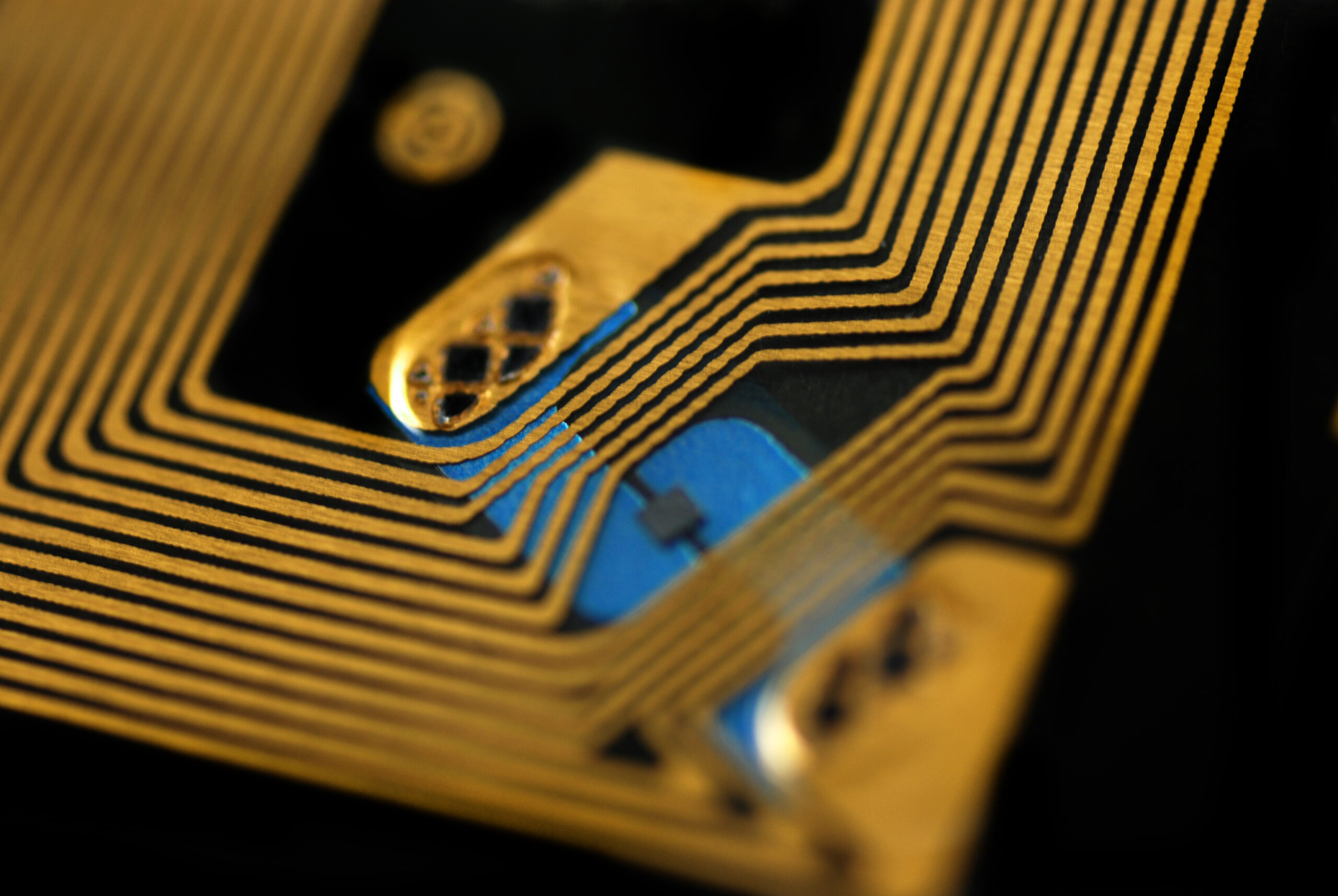In the fast-paced world of modern healthcare, efficiency and safety are paramount. From managing medical equipment to ensuring patient well-being, the complexities of healthcare facility management demand innovative solutions. That’s where RFID plays a major role in bringing a technological revolution to healthcare facility operations.
RFID offers a variety of solutions designed to meet the demands of healthcare environment, with its ability to track assets, monitor patients and improve safety protocols. Enabling overall control on the asset’s movement and efficient utilization.
Types of RFID:
When it comes to the types of RFID, several components should be taken into consideration, such as frequency, read range, and functionality. Accordingly, RFID can be classified as follows:
- Low-frequency RFID:
The low-frequency RFID systems normally operate at 125 kHz to 135 kHz. This frequency band provides a short-read range of 10 cm, and has slower read speed than the higher frequencies, but is not very sensitive to radio wave interference. Mainly, it’s used for access control and low-cost item identification.
- High-frequency RFID:
Most High-Frequency RFID systems operate at 13.56 MHz with read ranges between 10 cm and 1 m. HF systems experience moderate sensitivity to interference. HF RFID tags are widely used in applications such as contactless payment systems, access control, library book tracking, and healthcare patient identification.
- Ultra-High-Frequency RFID:
Operates at frequencies between 860MHz and 960MHz. UHF RFID tags offer longer read ranges and higher data transfer rates compared to LF and HF RFID. They are commonly used in supply chain management, asset tracking, inventory management, and retail applications.
- Active RFID Systems:
In active RFID systems, tags have their own transmitter and power source. Usually, the power source is a battery. Active tags broadcast their own signal to transmit the information stored on their microchips. Active RFID systems typically operate in the ultra-high frequency (UHF) band and offer a range of up to 100 m. Active RFID tags are suitable for real-time locating and movement tracking of the asset.
- Passive RFID Systems:
In passive RFID systems, the reader sends a signal to the tag, and the tag then uses the transmitted signal to power on and reflect energy back to the reader. Passive RFID systems can operate in the low frequency (LF), high frequency (HF) or ultra-high frequency (UHF) radio bands. Passive system ranges are limited by the radio signal reflected from the tag.
Implementation of RFID in Healthcare Facility Management:
- Asset Tracking:
RFID tags attached with medical devices allows real-time tracking of assets throughout the facility, this ensures that critical equipments are available when needed. Auberon Technology’s RFID integration in various healthcare facilities provided comprehensive asset control. From tracking asset movement and availability to sending notifications to administration when assets exited reader-covered areas, Auberon’s system ensured precise asset management. This initiative significantly enhanced hospitals’ ability to maintain asset control and optimize utilization efficiency.
- Linen Management:
Many facilities face challenges in effectively managing their linen inventory, often relying on outdated methods such as manual tracking based on weight. However, integrating RFID technology into linen management systems has revolutionized the process, ensured precise monitoring of linen usage and significantly improved efficiency throughout the facility. Auberon Technology emerged as a pioneer in revolutionizing linen management, introducing innovative systems to different industries such as Healthcare and Hospitality. By implementing their solutions, facilities gained unprecedented control over linen utilization, empowering them to streamline operations and optimize resource usage.
- Patient identification and safety
RFID wristbands or tags assigned to patients contain unique identifiers linked to their medical records. This enables healthcare providers to accurately identify patients, track their movements within the facility, and ensure they receive the right care and medication. Auberon Technology successfully implemented RFID wristbands or tags for patient identification in various hospitals, including Singapore General Hospital. This implementation significantly elevated service levels and boosted patient satisfaction in the hospitals where it was deployed.
- Infant Safety:
Infant safety is a top priority for hospitals, especially in preventing accidental baby exchanges. To address this, tag-to-tag technology has been implemented, using RFID bands to link each infant with their mother. Auberon Technology leads in this field, particularly in Singapore, as the market’s primary provider of this innovative solution. With tag-to-tag technology, hospitals can securely match infants with their mothers, significantly reducing the risk of mix-ups and ensuring peace of mind for families.
- Infection Control:
RFID-enabled hand hygiene monitoring systems track healthcare workers’ compliance with hand hygiene protocols in real-time. By automatically recording hand hygiene events and providing feedback to staff, these systems help prevent the spread of infections and ensure adherence to hygiene guidelines. Auberon Technology introduced RFID-enabled hand hygiene monitoring systems at the National Centre for Infectious Diseases in Singapore. Additionally, the system enabled the center to trace staff-patient contacts, enhancing infection control measures and maintaining high hygiene standards.
Conclusion:
Radio Frequency Identification (RFID) technology has emerged as a game-changer in healthcare facility management, offering a multitude of benefits ranging from asset tracking to patient safety and infection control. By implementing RFID systems, healthcare facilities have witnessed remarkable improvements in asset control, operational efficiency, patient care, and infection prevention. These advancements not only enhance the quality of care delivered but also contribute to the overall safety and well-being of patients and staff.
As healthcare continues to evolve in its pursuit of excellence, RFID technology stands as a cornerstone, enabling facilities to navigate the complexities of modern healthcare management with precision and efficacy. With ongoing innovation and strategic implementation, RFID promises to further revolutionize healthcare facility management, ushering in a new era of efficiency, safety, and quality care.










